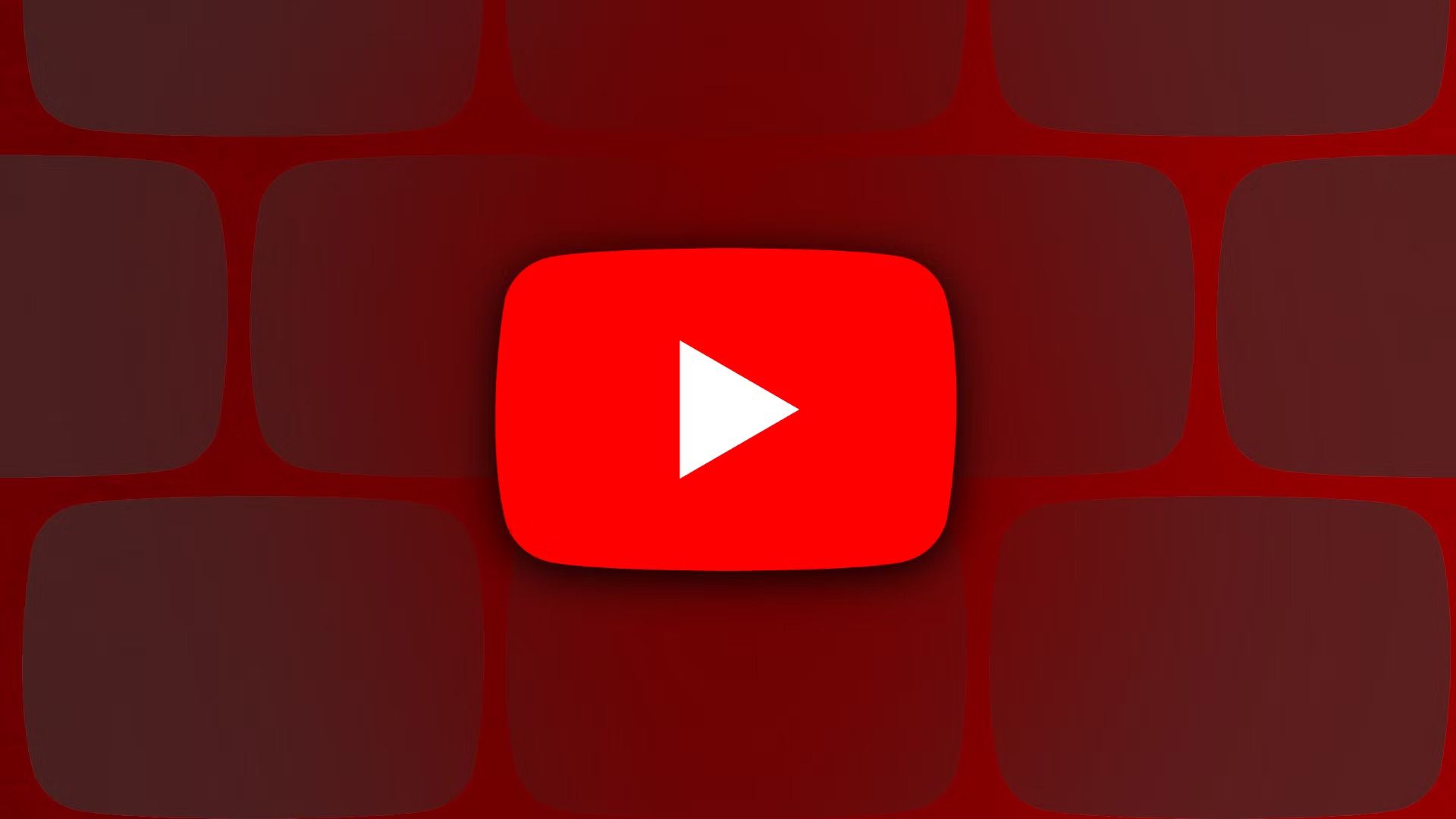Summary
- YouTube is testing a new horizontally-scrolling carousel in the recommended videos sidebar on the desktop site.
- Shorts content is mobile-first with portrait-oriented videos, yet Google is promoting Shorts aggressively on large-screen formats with this move.
- Shorts average 70 billion daily views and 25% of YouTube Partner Program channels make money off Shorts, so they won’t be going away anytime soon.
Google has a strong foothold in the advertising business, but its online presence is also helped by consumer-facing applications such as the Workspace suite of apps, Google Drive cloud storage, the Pixel range of phones, and YouTube. The latter is important because it is one of the most popular entertainment apps on Android, and certainly the largest one featuring user-generated video content. However, the platform’s recent focus has shifted to Instagram-like short format videos called Shorts, and we just spotted a new carousel promoting these clips.

YouTube: The AP guide to Google’s video-sharing service
Master the world’s largest video-sharing platform
YouTube Shorts was introduced around four years ago in 2020, hot on the heels of controversy surrounding ByteDance-owned app, TikTok. Shorts were integrated into the main YouTube app to help with user retention, since they were gravitating towards other short-form video content like Instagram Reels. In just a few months, Shorts were everywhere — in a dedicated tab in the YouTube app, a horizontally-scrolling shelf on the homepage, and even on TV where seemingly nobody asked for it.
Today, Google revealed that Shorts average 70 billion views every day and over 25% of the channels in the YouTube Partner Program are making money off Shorts content. However, Shorts was always a mobile-first initiative, featuring portrait-orientation videos where you can swipe up to view the next reel if you don’t want to watch the whole 60-second clip. This makes it unsuitable for large-screen devices like TVs and PCs, where most of the screen space remains unused.
Google still promotes content aggressively on large-screen formats like YouTube for the web, where I just spotted a Shorts shelf in a spot it doesn’t quite belong.
YouTube gets more aggressive with Shorts on the web
While watching a video on my desktop using the YouTube website, I noticed the tall column of recommended videos on the right-hand side had a new element for Shorts. Just underneath the first recommended video, I noticed a preview of three Shorts clips with an arrow-shaped button on the right, tempting me to scroll horizontally instead of vertically for more recommendations.
Old layout of YouTube video recommendations (left); new Shorts shelf placement between recommended videos (right)
Switching to Theater mode for full-width playback in the player controls only shifts the Shorts shelf lower, proving the insert is permanently attached to the recommendation sidebar on the right. At least the shelf is hidden out of sight when I’m watching videos in Theater mode, otherwise the larger and taller thumbnails can be quite distracting. The shelf has Shorts branding at the top as well, and most of the recommended clips are from the channels you’ve subscribed to or the channel you’re watching.
On first glance, this shelf feels a bit distracting, and perhaps even unnecessary considering you don’t even need to scroll on the web homepage to see the Shorts shelf. And then there’s the whole concept that YouTube seems to be pulling viewers away from long-form content with this move — having the same creator’s clips in the Shorts shelf may seem fair until you realize creators likely make more from sponsored segments and monetization of conventional videos than they do from Shorts.
Although this seems to be a limited experiment, or perhaps just a change rolling out slowly, my colleagues on the Android Police team aren’t seeing it yet. In any case, it’s about time YouTube stopped pitting long-format videos against TikTok-style clips, and spun Shorts into an independent app or microsite on the web.




